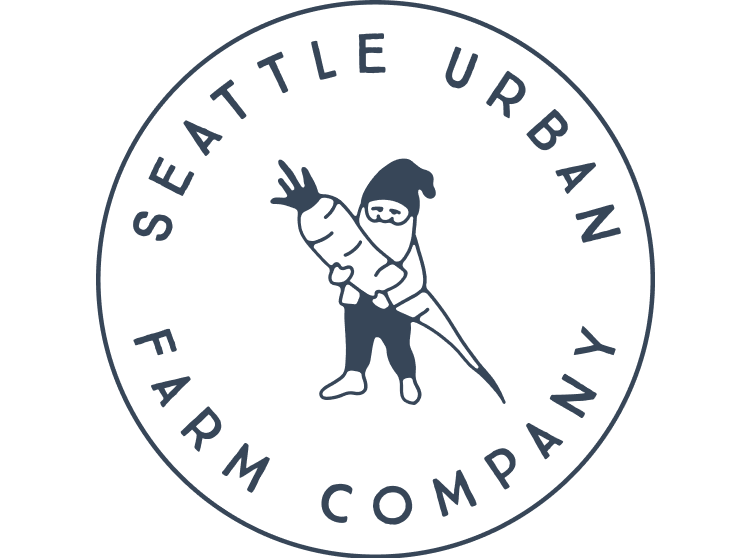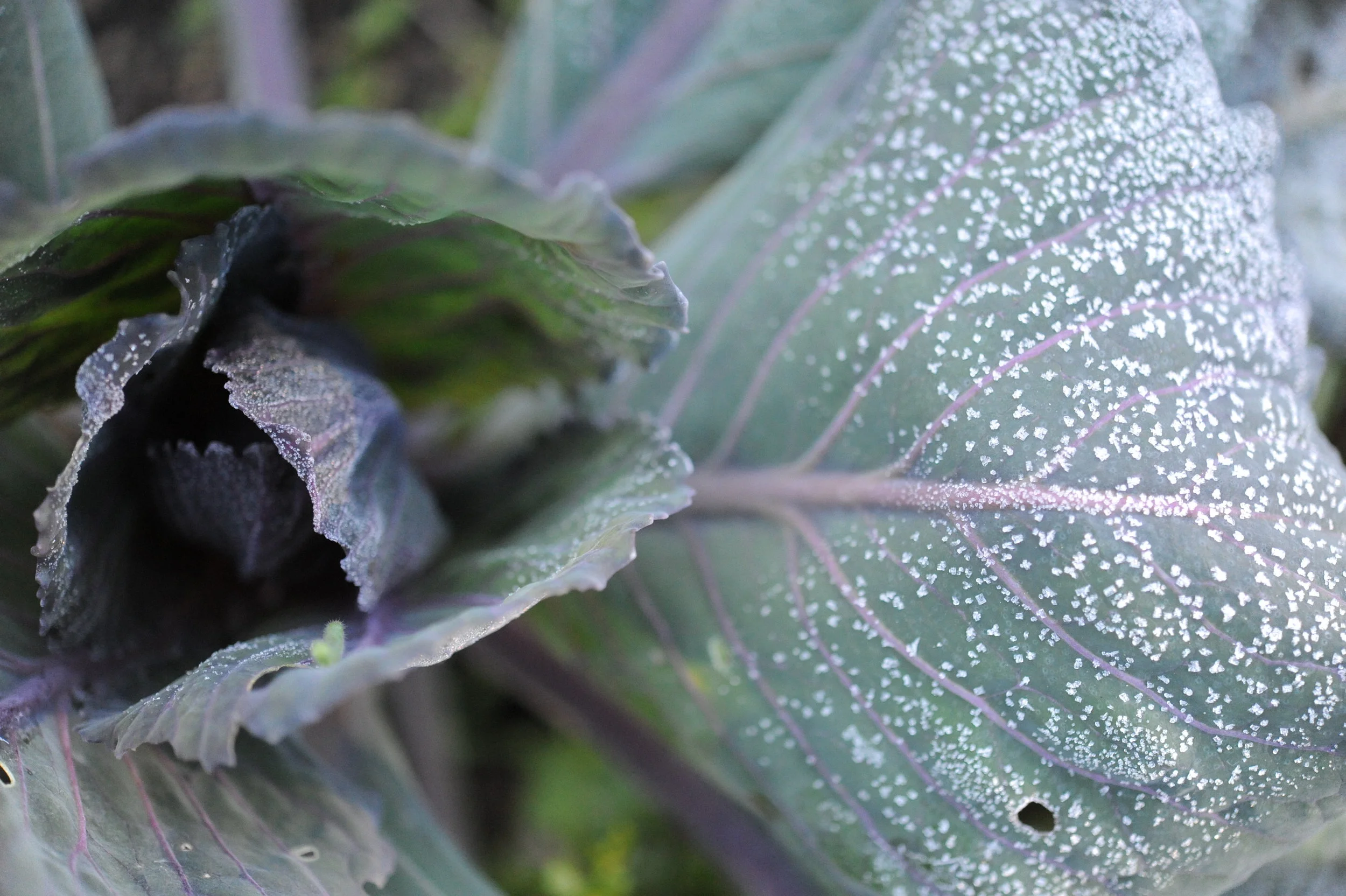It’s officially dark at 5pm and it’s time to clean up your garden for winter. Fall clean ups typically involve: pulling out the last of the summer crops, testing the soil pH, adding compost or other soil amendments to protect the soil from winter rains, and planting garlic. In this post aren’t going to get into the details of winter garden prep, but we are going to discuss what crops can be left in the garden over-winter, for winter or early spring harvest.
Overwintering usually refers to the practice of leaving cold-hardy, healthy, established crops in the ground in the fall with the expectation that they will provide harvests through the dark and cold months of winter. During these coldest months of the year, crop selection is very limited and plant growth is much slower than during the principal part of the growing season. You won't be reaping huge harvests over the winter, but once the day length increases to 10 hours a day in the early spring, these plants will start to grow again, often providing an abundant spring harvest well before spring planted crops have even been put in the ground.
Overwintering crops in the garden can be both incredibly satisfying and challenging. The good news is that it is easy to choose which crops to overwinter and there is very little work to do besides harvesting, protecting plants from frost and watching out for pest damage. In fact, overwinter gardening typically involves only a few minutes of work per week, checking on your crops. The bad news is that, despite all of your best efforts, it is still possible to lose winter crops to the vagaries of weather and animal pests. Overwintering is far from a guarantee of bountiful harvests, but it is always worth the minimal investment of time and resources. There is nothing that bolsters your spirits on a cold, dark winter day like harvesting your own fresh salad or cooking greens, reminding you of the full, diverse harvests to come again in spring.
Lets consider the best overwinter crop choices for the Pacific Northwest climate:
Arugula
Broccoli
Brussels Sprouts
Cabbage
Claytonia (also called Miner’s lettuce)
Fava Beans
Garlic
Kale
Leeks
Lettuce (especially romaine types)
Mustard Greens
Scallions
Spinach
Of this group, the most cold-hardy and reliable are Cabbage, Fava Beans, Kale, Mustard Greens and Spinach. Every year we successfully overwinter these crops in our Seattle gardens, without any sort of protection. The other crops on this list are also great candidates for overwintering, but are often more likely to die in extreme weather conditions. Many of these slightly more sensitive crops benefit greatly from some sort of protection such as a cold-frame or floating row cover; or you can simply harvest them earlier in the winter during November and December before serious frosts have set in.
Keys to successful overwinter crop management:
Plant crops on time: depending on the crop, overwintered varieties should be planted between mid-summer and early fall. Now that it is November, if you’d still like to plant an overwinter crop this year, consider garlic. Garlic can be planted anytime this month and even later into the winter for next year’s summer crop.
Keep crops protected from cold: if possible, cover your crops with greenhouse plastic or floating row cover. Planting in a greenhouse or covering your garden beds with a cover will protect plants from extreme temperatures and drying winds. Certain crops such as broccoli, cabbage, claytonia, kale, and spinach can easily survive through the winter without any protection. Other crops like arugula, leeks and lettuce often die when unprotected during periods of extreme winter cold. A simple row cover can make all the difference between January harvests and mounds of black mush!
Watch for pest damage: winter is a very active time for slugs, wireworms and vermin. Keep an eye on crops for damage and harvest crops as necessary.
Overwintered kale putting on new leaves in late March.
Overwintered broccoli sending out florets in March.
Spinach blanketed in January snow.




